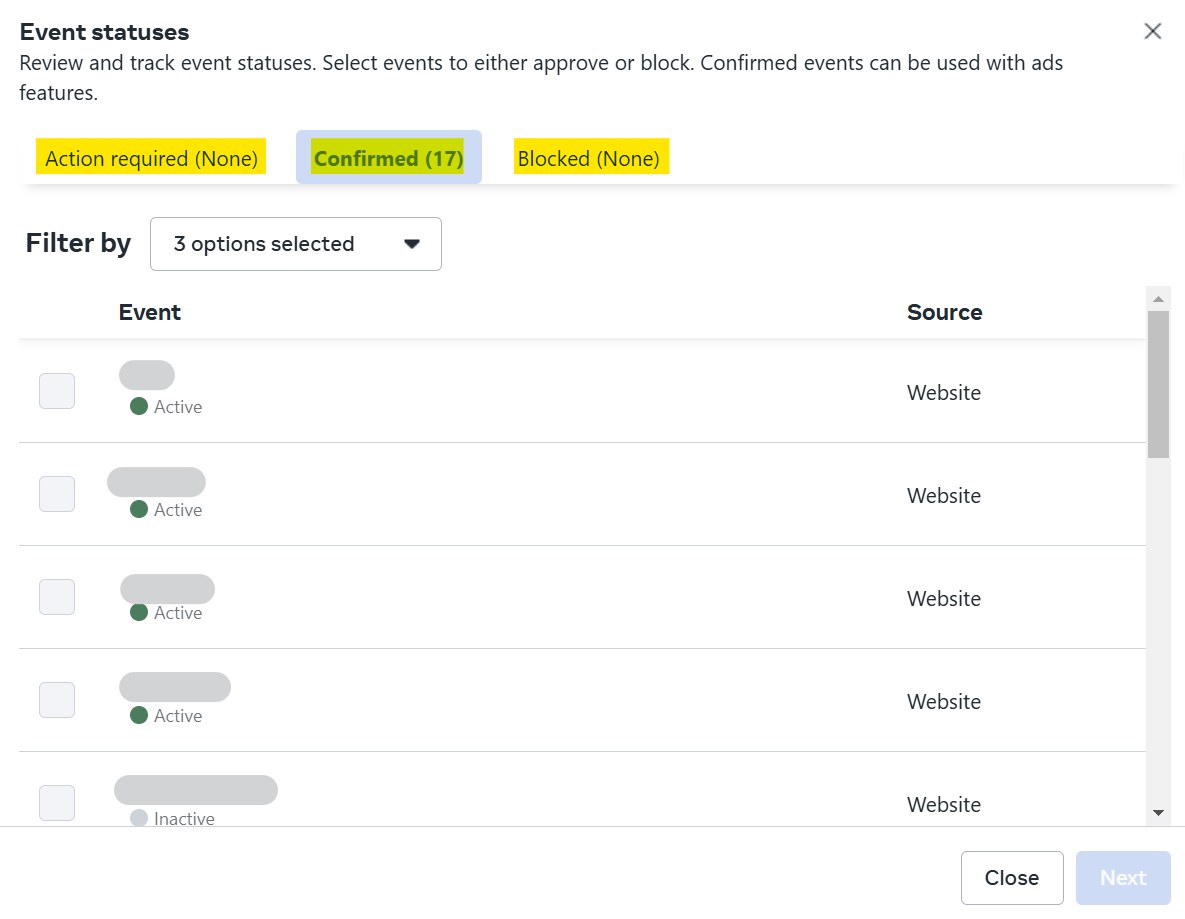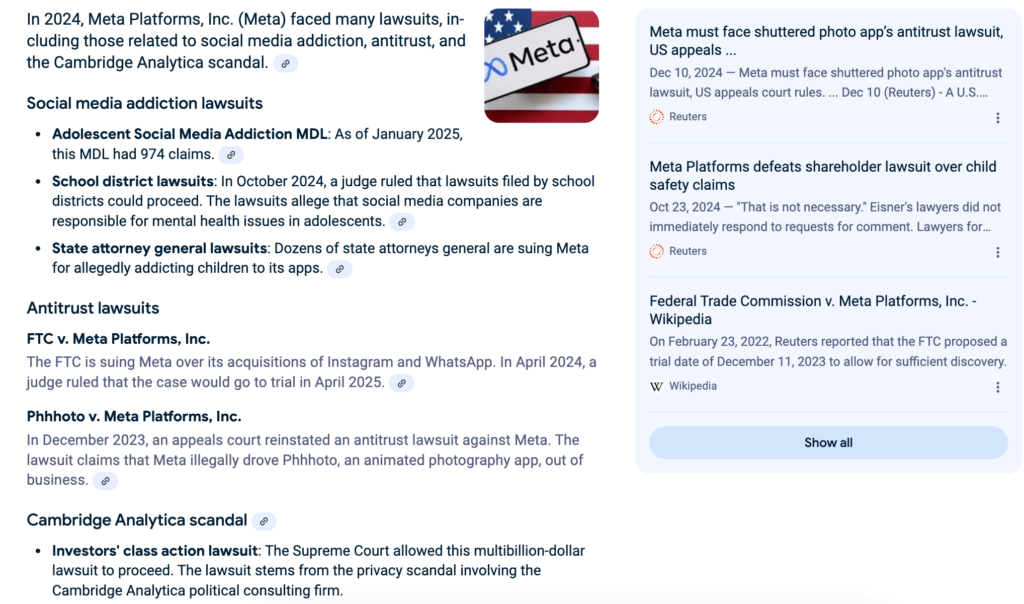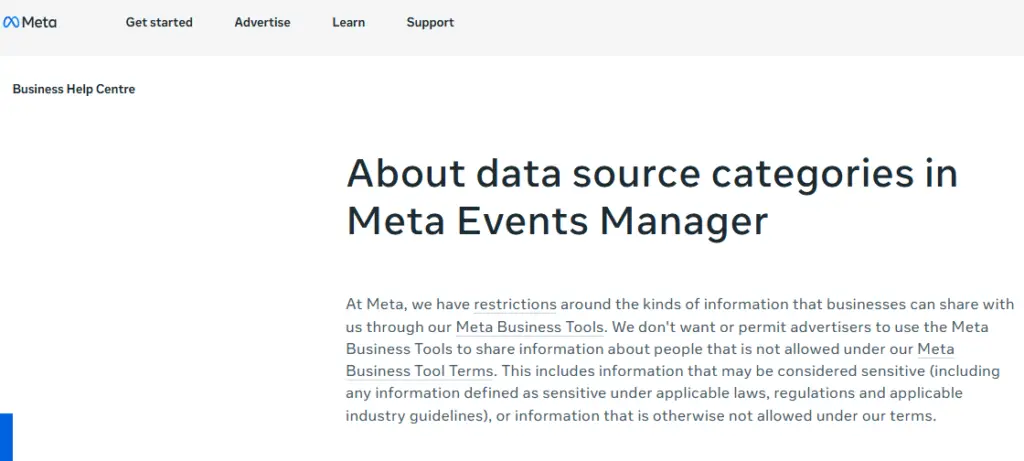Meta Pixel Set-Up Guide for Herbacap Retargeting Ads
If you’re running Meta (Facebook) ads to promote a supplement like Herbacap, you already know this space is heavily policed. Between ever-tightening Meta advertising policies and 2025’s updated privacy compliance laws, getting retargeting right is more than technical—it’s strategic. This guide breaks it all down, human-to-human. You’ll leave knowing exactly how to install and leverage the Meta Pixel while staying compliant and unlocking smarter, data-driven campaigns for your supplement brand.
At NeuroTechInsider.com, we geek out over data, results, and biofeedback—so yes, setting up your tracking pixel properly is a BIG deal.
1. Understanding Meta’s 2025 Supplement Ad Policies
The rules have changed. Again. Meta’s latest update reshapes how health and supplement brands operate on the platform—especially for retargeting ads.
Targeting Restrictions for Herbal Products
- Age Gate: You’re required to only target users aged 18 and over. If you ignore this, your account risks immediate restriction.
- No Unsafe Substances: Any references to banned or questionable substances—even in testimonials—can trigger disapprovals or ad bans.
Conversion Tracking Limits for Supplements
Starting in 2025, Meta restricts supplement brands like Herbacap from optimizing for lower-funnel events such as:
- “Purchase”
- “Add to Cart”
Instead, Meta wants you to focus on higher-funnel interactions, such as:
- “View Content”
- “Lead”
Tip: Don’t waste time setting up Purchase events for optimization—they won’t work effectively under the new policy framework.

User Consent & Privacy Compliance
Tracking users without consent? That’s a non-starter in 2025. You must:
- Use a cookie banner that requests explicit consent before tracking begins.
- Update your privacy policy to include your use of Meta Pixel and users’ data rights under GDPR and CCPA.
Need help drafting this? Tools like Cookiebot or Termly make it easy to stay covered.
2. Step-by-Step Meta Pixel Installation
Now let’s get to the fun part: installing your Meta Pixel properly.
A. Create Your Meta Pixel
Here’s how to generate your Pixel from Meta Business Suite:
- Log in to your Meta Business Suite.
- Go to Events Manager.
- Click Connect Data Sources → Web.
- Choose Meta Pixel, name it something like “Herbacap Retargeting Pixel”, and enter your website URL.
![]()
B. Add Pixel to Your Website
There are three ways to install the Pixel:
- Manual Installation: Paste the Pixel base code into the
<head>section of every page on your site. - Google Tag Manager: If you’re GTM-savvy, create a new custom HTML tag and trigger it on all pages.
- Platform Integration: Use Meta’s official plugin if you’re on Shopify, WordPress, or WooCommerce.
Need help? Meta provides a detailed walkthrough in their developer documentation.
C. Verify Pixel Functionality
Before running any ads, confirm that your Pixel is working:
- Install the Meta Pixel Helper Chrome Extension.
- Visit your site and make sure events like “PageView” or “ViewContent” are firing correctly.

Reminder: Skipping Pixel verification can lead to misfires in audience building—and wasted ad spend.
3. Setting Up Herbacap Retargeting Audiences
With your Pixel in place, now it’s time to start building smart, policy-compliant audiences inside Meta Ads Manager.
Building Custom Audiences from Events
To retarget users who interacted with your website:
- Navigate to Audiences in Ads Manager.
- Click Create Audience → Custom Audience → Website.
- Select conditions based on Pixel events like:
- Users who visited specific Herbacap product pages
- Visitors who viewed content but didn’t convert
- People who spent significant time on-site
Learn more about Website Custom Audiences from Meta’s official support page.
Policy-Compliant Audience Conditions
As of 2025, purchase and checkout-based audiences are off-limits for supplements. So avoid using:
- “AddToCart”
- “Purchase”
- “InitiateCheckout”
Pro Tip: Use “ViewContent” or “Lead” as your primary tracking benchmarks. They’re safe and still allow for strong segmentation.
Coming up next in the full article: best practices for segmenting, designing compliant ads, frequency capping, and optimizing performance based on real user behavior.
4. Best Practices for Supplement Ad Retargeting
Once you’ve set up your pixel and custom audiences, now comes the real game-changer: retargeting strategy. This is where your budget either works for you—or gets wasted showing the wrong ads to the wrong people.
Segment Your Retargeting Funnel
Start by dividing your audience into logical segments based on where they are in the funnel. For a supplement like Herbacap, consider:
- Product Page Viewers – People who viewed a Herbacap product page but didn’t engage further.
- High-Intent Visitors – Visitors who spent 30+ seconds or viewed multiple pages.
- Leads – Users who submitted a form, quiz, or email but didn’t purchase.
Why it matters: Different messaging works for different stages. Don’t show discount offers to cold traffic or testimonials to hot leads ready to convert.
Create Safe, Compliant Ad Creatives
This is where most supplement advertisers blow it. Your ad creative MUST follow Meta’s 2025 guidelines:
- No bold claims. Don’t promise “cures” or dramatic results.
- No before-and-after images. These are a fast track to ad rejection.
- Focus on lifestyle and experience: Talk about how Herbacap fits into daily wellness routines.
For example, an approved ad may say:
“Discover how Herbacap supports your journey toward more restful evenings—without changing your entire routine.”
Pair your copy with warm, human visuals—think product-in-hand, nighttime routines, or peaceful sleep environments. Want more ad examples? Check out Meta Ad Library for real-world inspiration.
Frequency Capping and Audience Exclusion
Showing the same ad 15 times a week is not effective—it’s annoying. Here’s how to prevent it:
- Set a frequency cap in your ad set to limit impressions per person (3–5 per week max is ideal).
- Exclude past purchasers if you can track them—this prevents wasted impressions on converted customers.
If you’re using Shopify or WooCommerce, tools like Trackify help manage pixel segmentation more precisely.
Creative Testing for Better CTR & ROI
Don’t guess. Test.
- A/B test different hooks (e.g., “Sleep deeper” vs “Feel refreshed naturally”).
- Try multiple formats: static, carousel, short-form video (5–15 seconds).
- Vary your CTAs: “Try Herbacap Free” vs “Get Sleep Support” can yield different clicks.
Use Meta’s built-in Experiments tool to test ad sets without bias.
5. Compliance Checklist for 2025 Ad Policies
Bookmark this. Run through it before launching every campaign:
| Requirement | Action |
|---|---|
| Age Targeting | Target 18+ only |
| Consent Management | Use a cookie banner that collects explicit consent |
| Privacy Policy | Mention Meta Pixel usage and user data rights |
| Event Tracking | Optimize for “ViewContent” or “Lead” only |
| Ad Content | Avoid medical claims and prohibited substances |
For deeper compliance clarity, review the Meta Ads Policy Center.
6. Ongoing Monitoring and Optimization
Adjust Audiences Based on Funnel Behavior
Check your Events Manager weekly to see which Pixel events are triggering. If you’re seeing strong “ViewContent” but low “Lead” conversions, adjust:
- Your landing page layout
- Your ad creative relevance
- Your load speed and mobile UX
Tools like Hotjar and Microsoft Clarity help visualize how users interact with your pages.
Optimize Ads According to Pixel Event Data
Make data-driven decisions:
- Kill underperforming ad sets based on low CTR or poor engagement.
- Scale up creatives that drive strong “ViewContent” or “Lead” events.
- Rotate your ads every 10–14 days to prevent ad fatigue.
7. Final Thoughts
Setting up your Meta Pixel for Herbacap retargeting ads isn’t just a technical step—it’s a strategic investment in data-driven growth. You’re playing in one of the most regulated ad categories, but that doesn’t mean you can’t win. It just means you need to play smarter.
Keep your campaigns compliant, segment intelligently, test ruthlessly, and optimize consistently. And don’t forget: the Pixel is your foundation for everything else to work.
Want more help optimizing your wellness tech funnel? At NeuroTechInsider.com, we break down the performance of today’s top non-invasive brain tech—from vagus nerve stimulators to cognitive-enhancing wearables. Because smart data drives better sleep, sharper minds, and deeper conversions.
FAQs
❓ Can I still retarget supplement buyers on Meta in 2025?
Not directly. Meta restricts optimization based on “Purchase” or “AddToCart” for supplements. Focus on higher-funnel actions like “ViewContent” or “Lead.”
❓ Is Pixel tracking still allowed under GDPR?
Yes, but only with explicit user consent. You must notify users and allow them to opt-in via a cookie banner. See tools like Cookiebot or Iubenda to manage this legally.
❓ What happens if I don’t follow Meta’s 2025 supplement ad policy?
You risk ad disapprovals, account restrictions, or even permanent bans. It’s critical to follow both content and tracking regulations strictly.
❓ How can I build audiences if I can’t track purchases?
Use behavior-based segmentation. Track page views, scroll depth, time on site, or lead captures to define high-intent audiences.
❓ Is the Pixel still worth using?
Absolutely. Even with policy changes, the Meta Pixel is your most powerful tool for learning who’s engaging, how they behave, and where to retarget effectively.
